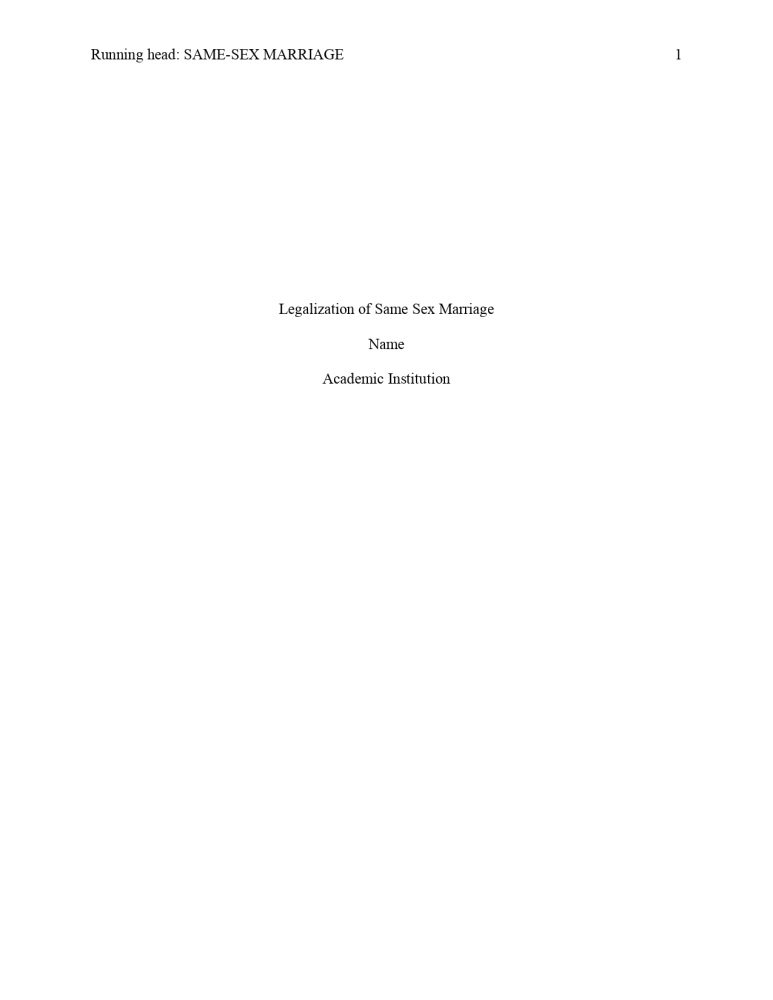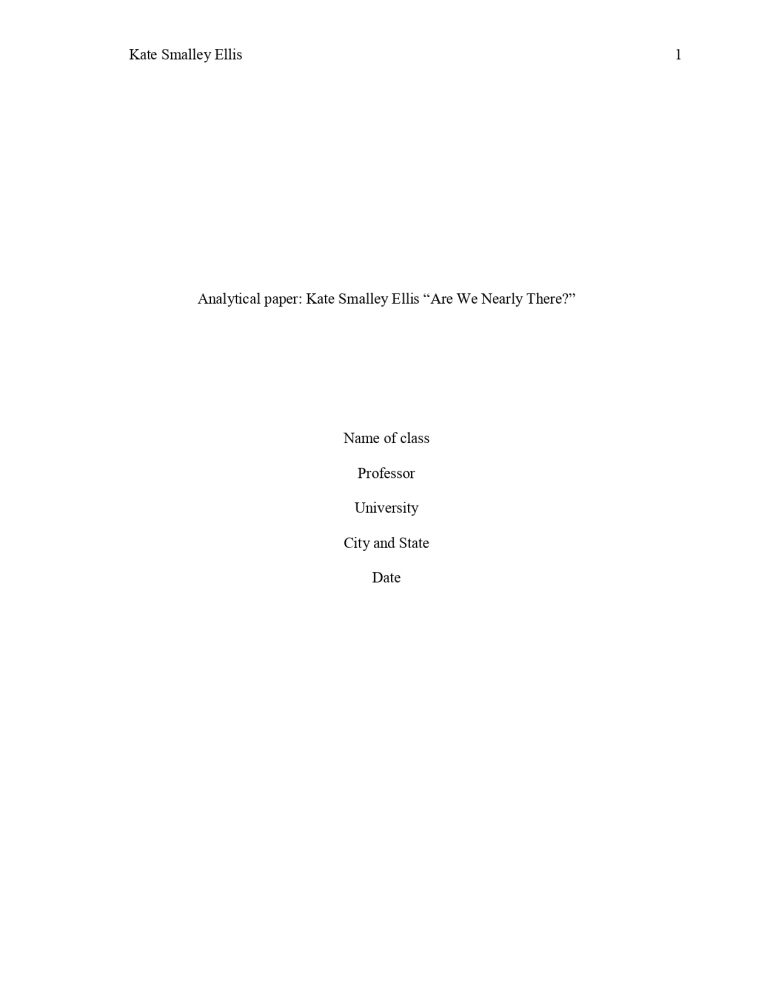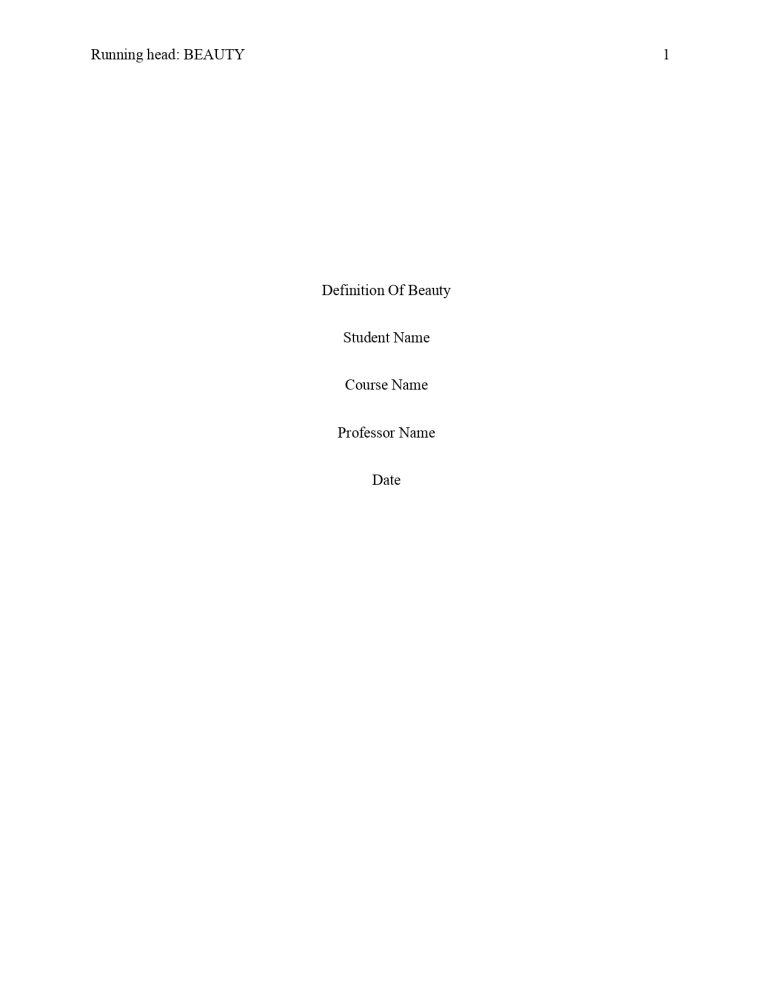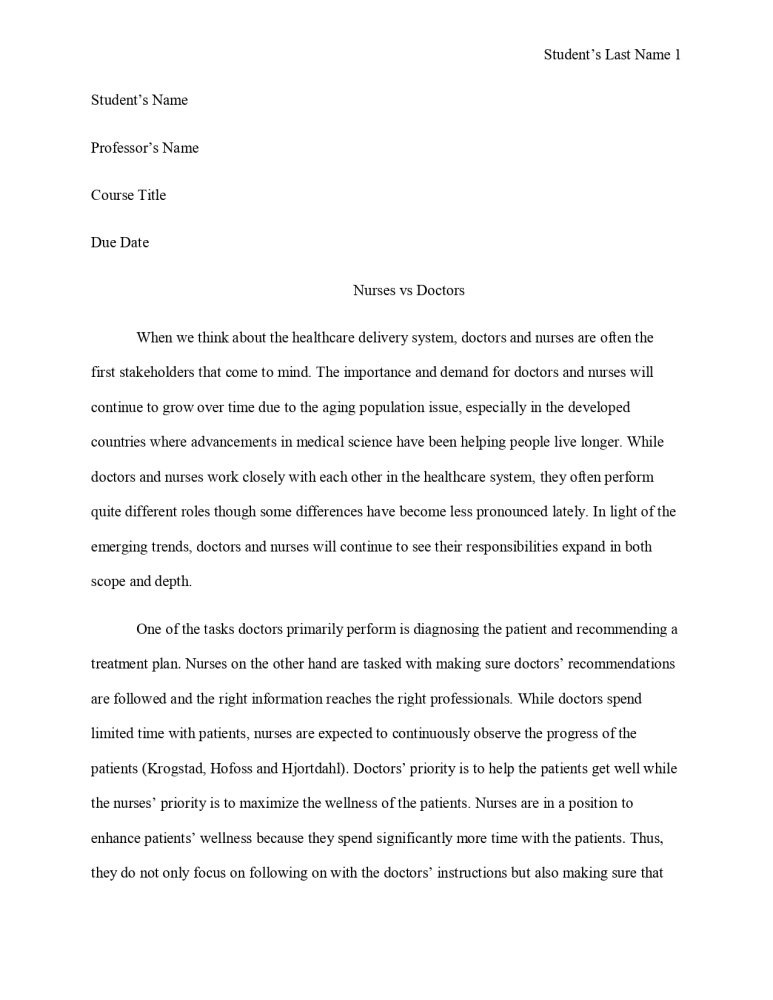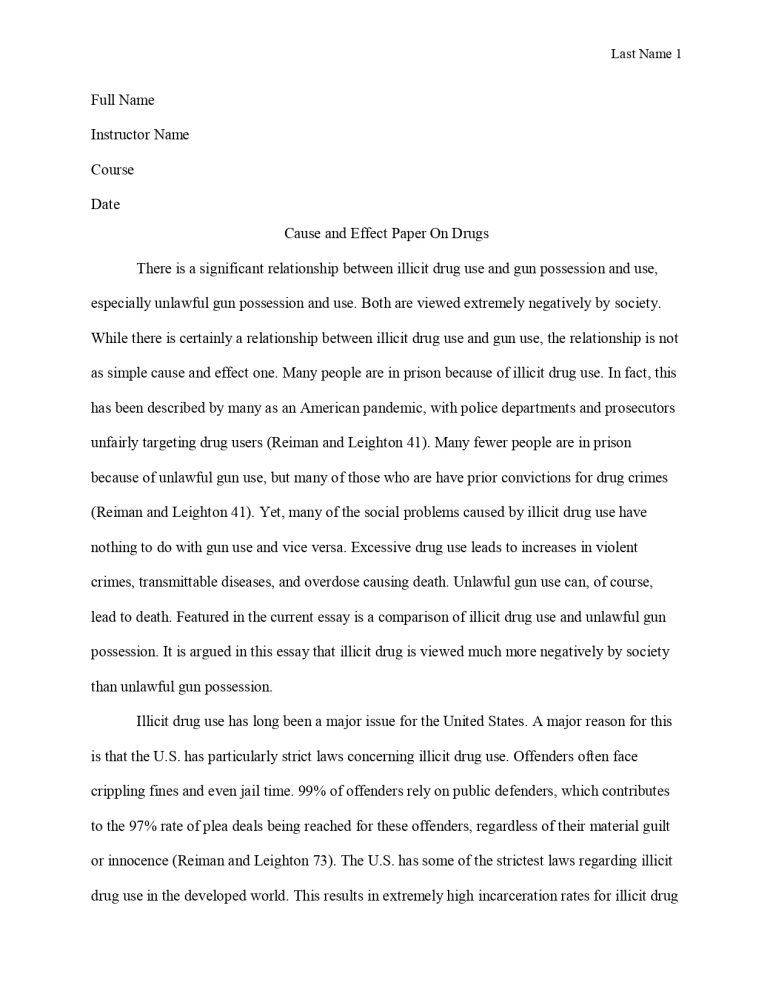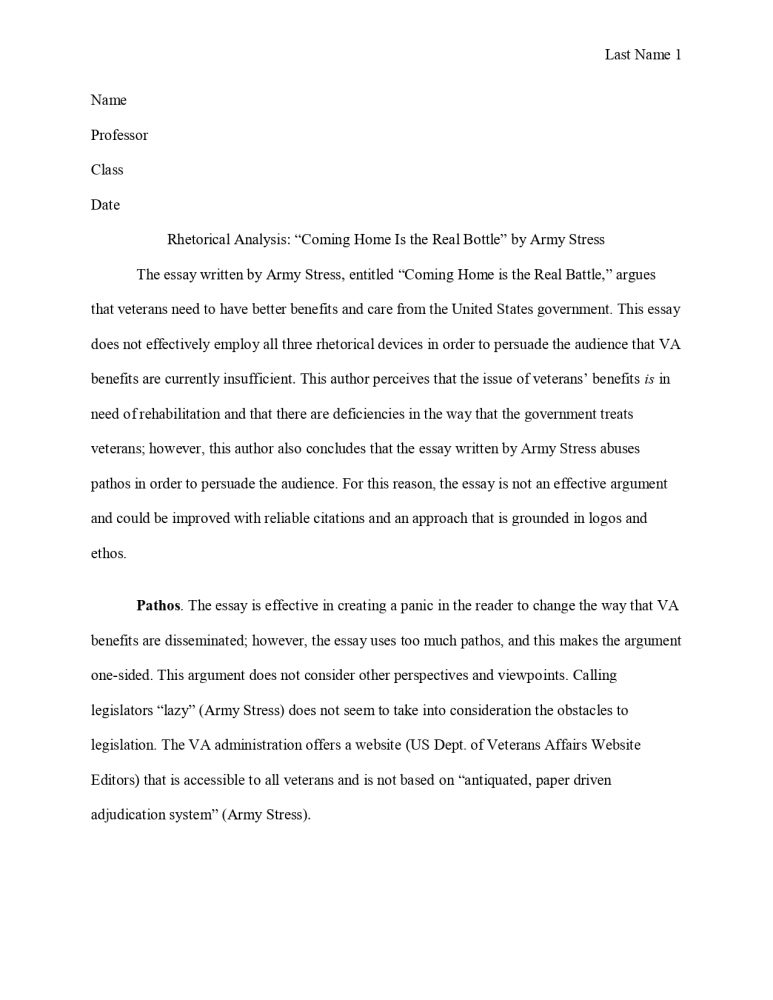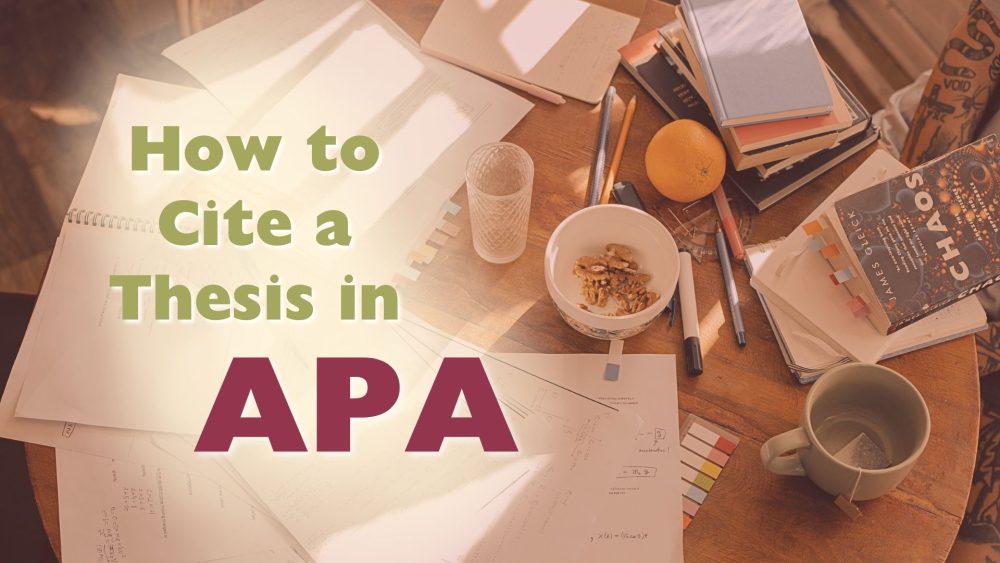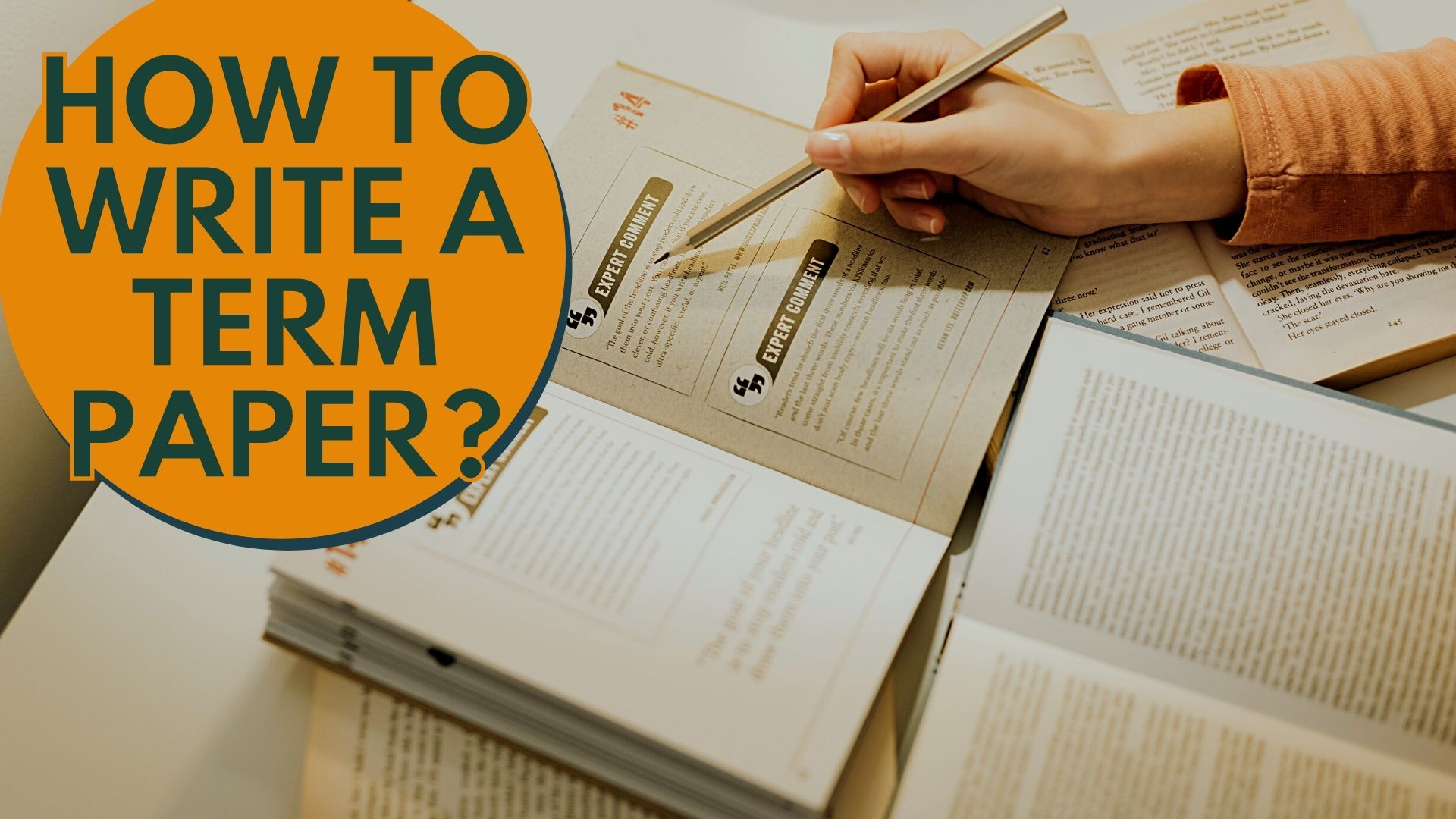Table of Contents
As a college student, the bulk of your time is likely to go into doing academic work, which you have to prepare correctly to get good grades. Most lecturers love research papers for assignments, but a lot of students find preparing them very challenging. This brings about the big question, “How do you prepare a top-quality college research paper?”
This post is a comprehensive guide on how to write a research paper like a pro and get top grades. Keep reading to learn about the main steps to follow when writing a research paper to and make your work stand out.
What is a Research Paper?
Before delving deeper into the mechanics of writing a research paper, it is important to understand what it is.
How Long Should a Research Paper Be?
However, the truth is that in most cases, your professor will tell you how many pages or words to do. This is very important because most topics, from The Causes of First World War to The Dangers of Global Warming, can even take the length of a full book. So, if your teacher did not indicate the number of words, it is crucial to get a confirmation before starting to work on the research paper.
Types of Research Papers
There are many types of research papers, and it is crucial to know which one your lecturer wants you to prepare. Since each of the research papers requires varying preparation, here are the descriptions of the common ones.
Argumentative Research Paper Example
An argumentative research paper is prepared with the primary goal being persuasion, implying that the topic you select should be debatable or controversial. When writing an argumentative research paper, the introduction has to clearly introduce the topic and inform the reader the stance you target to take.
Analytical Research Paper Example
This type of paper often starts with the student asking a question (a research question) on which he/she takes a stance. Most of the analytical research papers are exercises in evaluation and exploration. For example, a student might be targeting an old English poem, such as Beowulf. In this case, the research question might look something like this, “How should one interpret the poem Beowulf?”
Although the topic under consideration might be debatable when writing an analytical research paper, the student’s work is not to persuade the audience that his/her ideas are right while those of others are wrong. Rather, the goal should be providing critical interpretation using primary and secondary sources to support the selected position/thesis.
Definition Research Paper Example
This type of research paper is used to describe facts or specific objectives of arguments without using the opinion of the author or personal emotion. The objective of this type of paper is to provide information. Therefore, you should include facts derived from other sources but not go to the extent of analyzing them.
Compare and Contrast Research Paper Example
These papers are used for analyzing the difference between two subjects, stories, authors, or viewpoints. When writing a compare and contrast research paper, it is important to have a good thesis and comprehensively describe each side. Then compare the details and draw a conclusion.
Cause and Effect Research Paper Example
This type of research paper is also very common in college, and it is crucial to develop your skills on how to handle it. The paper looks at probable or anticipated results from a specific action and target to answer questions such as, “What?” and “Why?” Some good cause and effect research papers might be:
- The causes and Effects of Brexit on European Union.
- The Main Causes and Effects of the Cold War.
- A Closer Look at the Causes and Effects of Post-Traumatic Stress Disorders in adults.
Rhetorical Analysis Paper Example
A rhetorical analysis research paper requires you to use knowledge acquired from a specific case study, such as a legal situation in legal studies, or a literature source. Then, you write the research paper on the basis of one or several theoretical frameworks and use additional resources to support your statement and conclusion.
How to Write Research Paper in Six Simple Steps
Writing a college research paper that guarantees you top grades can be challenging because it requires deep understanding of the topic, good writing skills, and ability to follow instructions. For example, you must know how to start a research paper, prepare the body, and conclude it correctly to get good grades. The following are the six main steps to write a research paper and get top grades.
- Step One: Understand the Research Paper Assignment and Create a Schedule
Sometimes the biggest challenge when writing research papers is how to get started. Some students end up crafting low-quality research papers because they never understood the requirements from their teachers. Your attitude towards the topic may also play a crucial role in defining the enthusiasm that you direct into research and writing the entire paper.
If something is unclear about the assignment, make sure to talk to your lecturer before getting started. Here are some of the most important details that you need to know:
- The citation style. If your professor has not specified the type of citation, consider using the standard model for your niche. For example, research papers in language mostly use MLA citation method.
- The resources to be used for the assignment. Some lecturers might be specific on the types of resources (journals, books, and websites) that should be used. They might also limit you to only recently published materials.
- Additional formatting details. If your assignment comes with additional formatting requirements, such as footnotes, headings, subtitles, and heading, make sure to note them too.
- Develop a good schedule. To make your work easy, do not simply jump into writing the assignment without a clear working schedule. If the assignment is due in three weeks, break it down so that you can know the target for each week. Good planning is a great way to avoid rushing the assignment at the last minute.
- Step Two: Get the Preferred Topic and Research Question
After establishing what your lecturer needs, the next step on how to write a college research paper is picking the preferred topic and question. So, how do you select the best topic for your research paper? Here are some useful things to consider:
- Restrict your topic only to the areas recommended by your professor. For example, did your lecturer ask you to pick a topic on World War II alone or any major world war in history? If you are unsure of the topic, consider getting it approved by your professor before getting started.
- Try to narrow down the focus of your research paper. The goal is to make the paper as specific as possible. For example, instead of picking a topic such as religion, consider narrowing it down to “Buddhism” or “World Religion.”
- Go for the topic that is interesting. This is crucial to avoid getting bored midway and developing a poor-quality paper. Once you identify a good topic, select the research question, and draw a thesis. See the two examples below:
Example One:Topic: Pay Equality in Industrial Workforce.
Research Question: Do men and women get varying payments for doing same amount of work?
Thesis: Women in the industrial workforce get paid less than their male colleagues for doing certain jobs even when the amount of work is equal.
Example Two:
Topic: Bullying and Its Impacts on Children’s Self-esteem.
Research Questions: Is bullying in school related to low self-esteem in children?
Thesis: Bullying in school is a serious problem that results in low self-esteem and poor performance in children.
- Step Three: Comprehensively Research Your Topic
Armed with the right topic and thesis, it is time to commence one of the most important phases of your work, researching. At this point, we must indicate that simply because you have picked the research paper’s research question does not imply that you have to stick with it for the entire paper. As you continue researching the paper, the additional information you gather might make you want to change your position or focus. If you decide to make changes, it is important to ensure that your paper answers the new question as opposed to the old one.
Some of the things that you need to consider when researching your topic include:
- Use a wide variety of sources on your topic, including journals, books, interviews, and online publications. This will ensure you have a broad understanding of the topic when answering the research question.
- Take ample time to analyze different research materials. Indeed, researching will take the bulk of the time, and it is important to plan for it properly. The best way to do this is to allow at least 2-3 hours for every research session. Again, it would be best if you made the schedule flexible enough so that the most challenging sections of your research paper can be allocated more time.
- Capture important information from the resources that you consult because the details will be used when writing the research paper. The information you might need to note when carrying research include:
- The title of the publication.
- The date of publication.
- The author of the book or resource.
- The publisher.
- In the case of a journal, make sure to note the issue, volume, and page.
- If you pick quotes and figures from a publication, ensure to note the page numbers.
- To write a good research paper, it is important to ensure you put down all the details in your own words, except where direct quotes are needed. This is one of the most important strategies used by professional writers to avoid plagiarism.
- Try to put a lot of emphasis on the details that support your thesis or stand on the paper. In some cases, the background information will also come in handy when supporting the main points.
- Step Four: Develop Your Research Paper Outline
The paper structure or outline is another crucial component in helping you to stay organized and make the key ideas flow well from the start to the end. To create a good outline, it is crucial to group the information in a manner that the entire paper appears cohesive and professional. If you are working on a paper such as the “Lessons from World I for Today’s Leaders,” all the points you gathered on the causes of the war should be grouped together, and applications of the lessons on a different part.
Sample Research Paper Outline
| Broad Divisions | Individual Parts |
| Introduction to the Research Paper | Hook statement.The background of the topic.
The thesis statement. |
| Body | First Main idea/ heading – (First Paragraph)
Second Main Idea/ Heading – (Second Paragraph)
Third Main Idea/ Heading – (Third Paragraph)
|
| Conclusion | Summarize the main points. |
A Detailed Guide to Your Research Paper Outline
To make it easy for you to write a top-rated research paper, we will now expand on the outline. Check closely to know the additional details to include in every section of the paper.
- Introduction
- Hook
- Capture Some Background of the Topic
- Thesis Statement
- Body of the Paper
- Paragraph one: What is pollution?
- Paragraph two: The main types of pollution.
- Paragraph three: The effects of pollution.
- Paragraph four: Mechanisms developed to address pollution.
- Conclusion
The introduction of a research paper is very important because it determines whether the reader will continue reading the rest of the work. Therefore, you should make it as engaging, interesting, and informative as possible. To achieve this, here are the three components to include:
A hook is a statement that helps to grab the reader’s attention, making him/her want to read more. If the research paper is large, the hook can take the form of several sentences. Good hooks can be in the form of mind-boggling statistics, rhetoric questions, definitions, or anecdotes.
Once you have grabbed the attention of the reader, go ahead and provide some background about the topic you are working on. The details of the background are very important because they transition to your thesis. If your research paper is about World War II, consider outlining some relevant background and numbers before highlighting the thesis statement.
This is where you state your argument or stand about the topic. Try to make the thesis as clear and simple as possible. The points that you will be writing in the research paper will be geared toward supporting your argument.
NOTE: Although the introduction comes first on your research paper, it might be a better idea to write it as the last item because you will have discussed all the points. Therefore, bringing out the background and thesis of the paper will be pretty easy.
This is the main part of the research paper and takes the biggest volume. The number of paragraphs to include in the body depends on the volume of the research paper. If you have more arguments, it implies the body will be longer. How do you craft each paragraph?
Every paragraph should start with a topic sentence, which captures the main idea you want to discuss. Then, use the subsequent sentences in the paragraph to support the topic sentence. The support information should also be used to bring out quotes, statistics, and other supporting details. Remember to follow the recommended citation style.
If the arguments in your research essay are long, consider breaking them into sub-sections to make it easy for the reader to follow. Take the case of a college student writing a research paper on a topic like “Pollution in the 21ST Century.” Instead of simply bundling all the main points into the body, consider breaking it down into three. See the example below:
From the above example, you can see the way the main ideas are flowing, from the definition to types, impacts, and efforts made to address the problem. By the time this student is through writing the paper, he/she should be able to authoritatively say whether the problem of pollution has been addressed effectively.
Depending on the nature of the research paper, you can also mention the counterarguments. These additional points will help to demonstrate that you have conclusively researched and analyzed the topic. Therefore, your conclusion will be weightier. When presenting the counterarguments, it is important to do it with a lot of care to build your thesis as opposed to watering it down.
A carefully done conclusion can help to add impact to the research paper. Consider using the conclusion to remind readers about the strength of the arguments that you presented in research paper’s body. Indeed, you can also use the conclusion to steer the reader to the weightiest arguments presented on the paper. Here are the four main components to include in a conclusion.
-
Start by restating the research topic: This should be done in about one sentence to tell your readers what you set off to work on in the first place.
-
Restate the thesis statement: Immediately after restating the topic, go ahead and restate your paper’s thesis. Make sure to rephrase the thesis of the paper in order to avoid sounding repetitive. You can do this in one or two sentences.
-
Summarize the main points: Next, you should summarize the main points brought out in the paper. To rephrase these points, make sure to read through the paper severally and identify the most relevant facts and arguments. Do not add any information other than the arguments captured on the paper.
-
Point out the significance of the main points: The conclusion also presents the perfect opportunity to demonstrate the significance of the points you brought out on the paper. For example, you might want to demonstrate how the points in your argument impact a specific outcome. You can even move a step ahead and call for a specific action.
- Step Five: Write the Research Paper Draft
After organizing the research material, it is time to use the paper outline and craft the first draft. We are referring to it as a “draft” because it provides you with opportunities for improvement along the way. Here are a number of things to factor when writing a draft:
- Make sure to use your own voice as opposed to simply bringing out what you found in books and journals.
- Cite your sources correctly when you use them.
- Make sure to keep your paper organized.
- Confirm facts and expound key points where necessary.
- Proofread your work. You might even consider asking a friend to also go through and identify gaps that might have escaped your eyes.
- Step Six: Work on the Final Paper
This is the ultimate paper that you will submit for marking by your professor. Therefore, you should improve on the drafts to ensure that the final paper is the best. Here is a checklist to use for your final draft.
- Ensure it has a cover page with the right information, including your name, name of the course, the lecturer, and title of your work. Recheck the assignment requirements to ensure the cover page is done well.
- The formatting of the paper should be done properly. So, confirm the formatting aspects, such as citations, page numbers, and footnotes, to ensure they are done correctly.
- Confirm the paper has met the required number of words.
- Ensure that the bibliographic information is presented correctly.
- Proofread your research paper once again to ensure it does not have errors.
Research Paper Writing Checklist
When to Seek Research Paper Writing Help
Even with a comprehensive guide, we must indicate that a lot of students still find how to do a research paper correctly challenging. Well, it is true that the process requires some time to build crucial skills, but what do you do with the current assignments? The solution is seeking research paper writing help from professional writers.
For some students, the tight deadlines can be serious stumbling blocks to doing their assignments, especially if they have other engagements. Others have poor research skills or simply want some help to improve their grades. No matter the reason why writing a research paper looks tough for you, there is no need to get stressed because our professional online research paper writers are only a click away.
We ensure that your paper is handled only by expert writers in your niche. Our help with research paper service is one of the best rated in the industry because we are affordable and guarantee students top quality work for top grades all the time. Furthermore, every professional writer on our team can do a research paper fast, making it easy for us to beat even tight deadlines. From cheap and high quality work to utmost confidentiality, we have all that you need for success in your academics.
Let our research paper help experts hold your hand for success!

